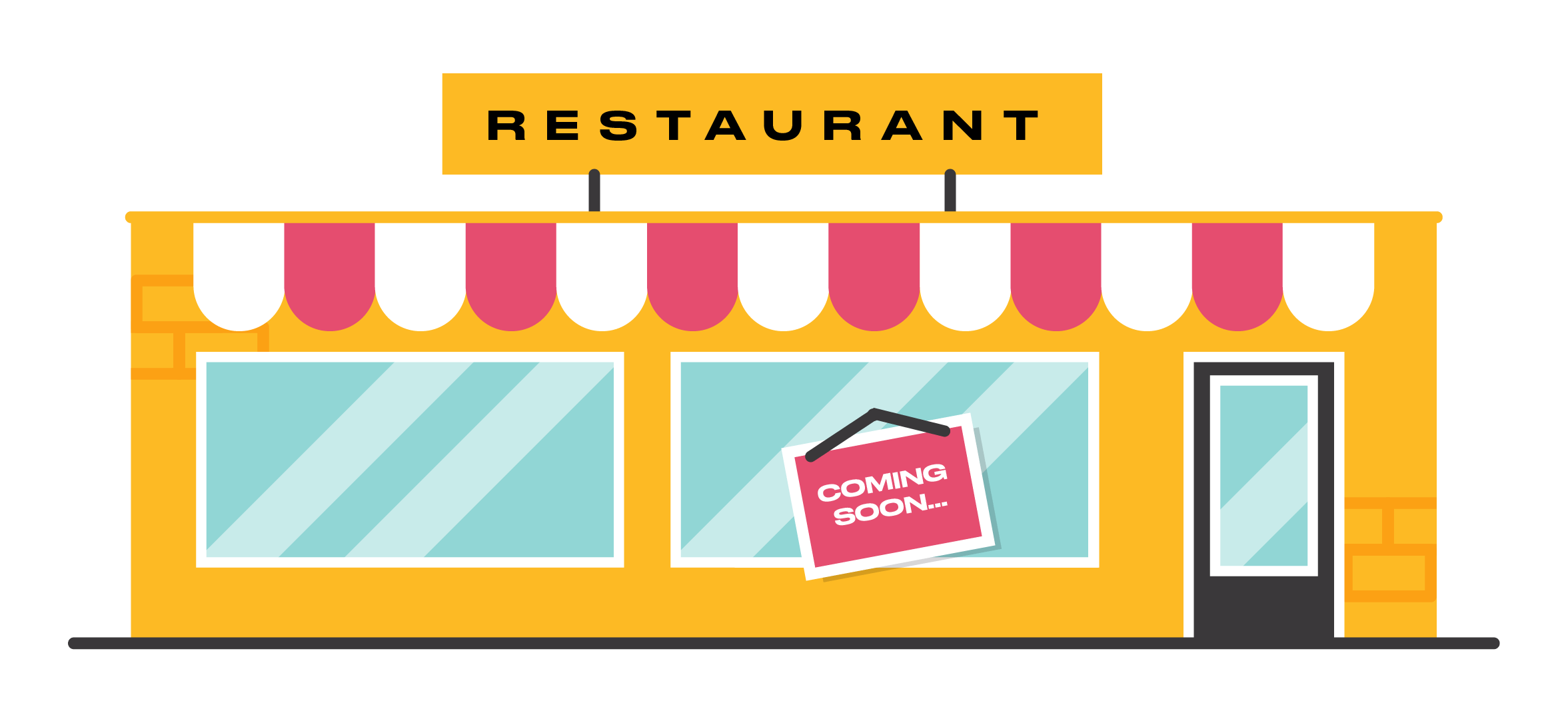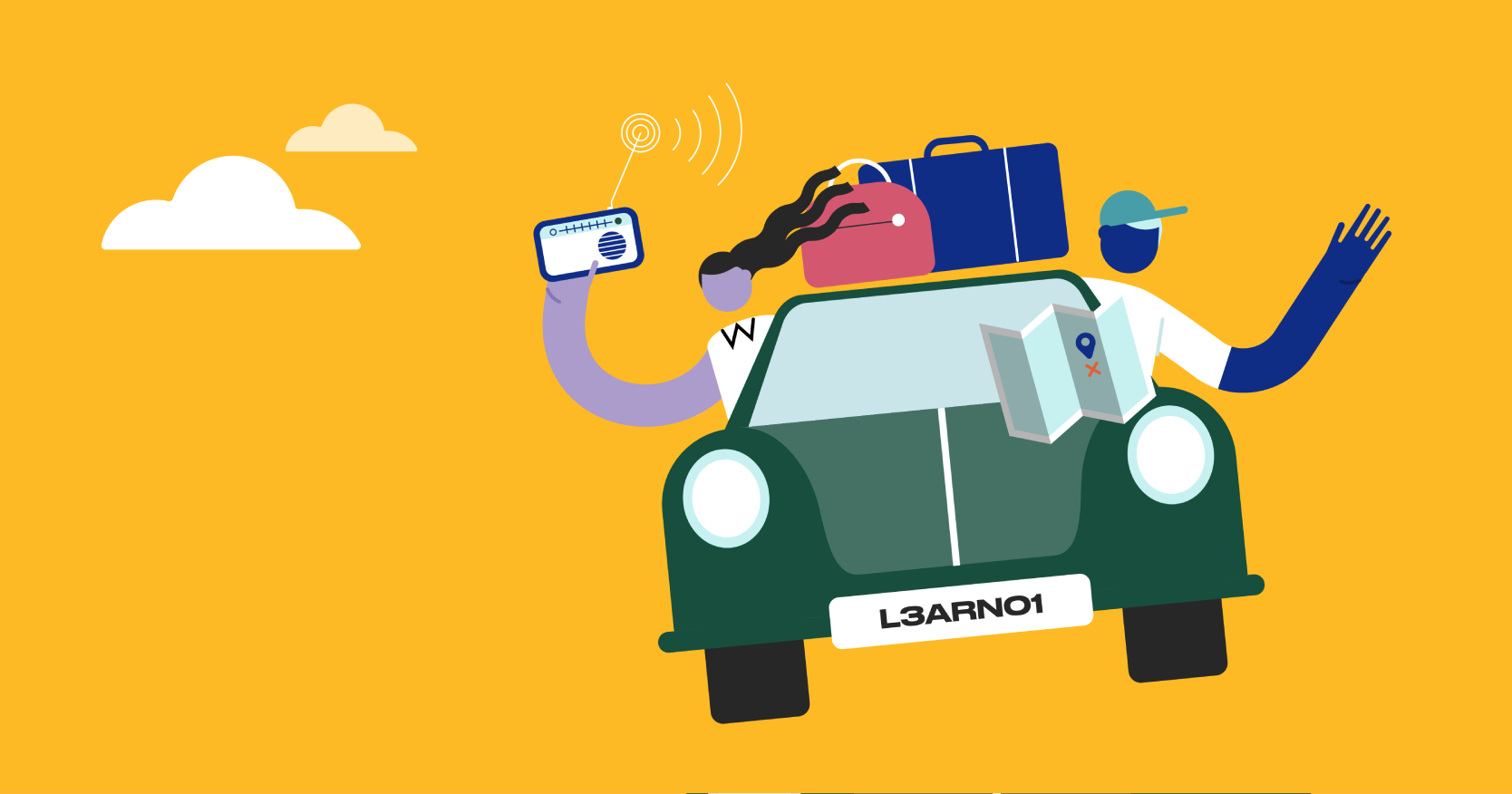15 Tips to Get Your Team Hungry For Learning
Ever had to sit through bad learning trying your hardest to seem interested?
Or perhaps you’ve rolled out a learning solution within your organisation, only for it to be met with groans from the kaimahi and a very low engagement rate?
Creating a learning solution is very similar to creating a dish on MasterChef. It’s both exciting and daunting.
You’re putting a bit of your craft out there, hoping the recipients will love it, learn heaps, rave about it, and encourage others to try it for themselves.
Fear not chef, because we have 15 top tips you can add to your utility belt to spice up your learning design solutions and get your kaimahi excited about their learning experience.
Index:
- Create a learning culture
- Think about the mode
- Create anticipation
- Make it learner-centred
- Make it hands-on
- Give ample opportunity for reflection
- Make it real and relatable
- Stick to the basics
- Add a dash of humor
- Chunk it down
- Provide autonomy
- Add some aspiration
- Don't forget about embedding it
- Provide an opportunity for evaluation
- Learning should be life-changing
Create a learning culture
Ever walked into a restaurant where the food is all the rave, but the atmosphere is not enjoyable. It doesn’t matter how good the food tastes; most people will get out of there as quickly as they can.
The same goes for the learning culture at an organisation. A learning solution can be amazing, but if the organisational culture doesn’t embed learning as a part of it, people will be dragging their feet or rushing through it to get it done.
Employees will be looking at how the leaders react to learning and that will set the tone for the rest of the organisation. What better way to show learning is important than having leaders that are fully engaged in learning themselves.
More about this in tip 3...

Think about the mode
There’s a big difference between getting a takeaway and dining out. Both are equally valuable depending on whether you want to have good food in the comfort of your home or get dressed up for the culinary experience.
During the pandemic, online training became crucial in making sure our kaimahi stayed connected and up to date. Times are slowly changing and we need to adapt accordingly. Think about what your audience is hoping to gain beyond training.
Are they keen to connect with their peers in-person? An online solution is not the ONLY answer. These days many clients are opting to have training that takes place in a physical room, rather than a virtual one. The interaction and networking that goes on can be as important as what they learn from their training.
In other cases an online solution works best, especially if the audience is spread out over different geographical locations and time zones.
Wishing you could have a bit of both? You can have your cake and eat it too, with a blended learning solution! This will enable you to have sections of the learning taking place online and other parts in-person.

Create anticipation
There’s usually a build-up to a new restaurant opening or a new dish being served.
You want to get your audience excited about what’s to come! Rolling out a quick reference pdf might not get hearts pumping in anticipation, but advertising a how-to resource ‘to make your life easier in navigating the new software in two ticks’ might have a better effect.
Many clients choose to have an awareness piece of some sort preceding the learning phase. People need to know about the learning to get excited. This can be a motion graphic, a poster, a blurb in an email or simply a mention during a 1:1 catch-up. The world is your oyster!
This is also the ideal opportunity to plan something for the leaders, to get their buy-in.
It can be as simple as your comms. team giving leaders an overview of the learning ahead and providing guidelines on how they can support their teams.
If you wanted to take a deeper dive, you could run a short session with the leaders, either in-person or virtually and give them the opportunity to complete an activity from the learning solution.
This enables leaders to know first-hand what's involved, as well as being advocates for the learning, if they've had a great experience. As leaders are typically coaches, it's a good idea to give them relevant tools so they can take on this role as the learning is implemented.

Make it learner-centred
Keep your audience’s learning needs front of mind when creating learning. It’s easy to get caught up in the business needs and lose track of what is important to the learner.
Rather, focus on communicating how the learning enables the learner to work towards a common goal.
Most people want to make a difference through the work they do. They want it to mean something. Only a select few get excited if they have to engage with mandatory compliance training. It’s like forcing a child to eat their veggies, just because it’s healthy.
The creators of Popeye the Sailor Man knew how to change this message to make it learner focused, as spinach suddenly became way more appealing.
 Make it hands-on
Make it hands-on
Imagine a world of MasterChef where the contestants quietly sit and listen to recipes being read out. Wouldn't be quite the same hey?
Avoid the chalk and talk and give your audience the opportunity to do something. It can be as simple as posing a few reflection questions in a podcast or sending learners to a break-out room for a small-group discussion during a workshop. There are many possibilities depending on your learning solution.
We learn more when we can do it or try it out. Not getting it right the first time, or even the second or third time is all part of the process. Provide that safe space for your audience to try it out and see how they go. It will lead to a richer and more memorable learning experience.

Give ample opportunity for reflection
Adding opportunities for reflection is like biting into unexpected gooey caramel sections in a desert. It will usually cause you to stop and savour it for a moment.
Reflection allows time for the learner to gather their thoughts, think about what they’ve mastered, what might still be a bit unclear and what they find challenging. Having these breaks in between learning aids in creating an interactive experience, whether it’s a motion graphic, eLearning module, workshop or podcast.
It doesn’t only need to be self-reflection, it can work very effectively as a group experience as well. It can challenge our perceptions and show us perspectives we wouldn’t have considered otherwise.
Reflection fosters a level of self-awareness and awareness about the world around us. If the learner can leave with some of those questions mulling around, isn’t that the type of training we’re after?
.png?width=2353&name=Niko%20(1).png)
Make it real and relatable
The thing that makes us excited about reality shows like MasterChef is that it’s so relatable. People are fascinating! That is the person as a whole and not just their title.
Learning about a character that is a customer care representative for example, doesn’t create excitement, but learning about Niko who has a staffie and is a wizard at both the lunchtime quiz and customer queries, tells a story a learner would want to know more about.
Make your content real and relatable. Speak how your audience would speak and create characters that they can imagine themselves being or that would be like someone they know. There’s power in storytelling; use that power to elevate your learning solution into a memorable experience.

Stick to the basics
An over-the-top dish is not always the best dish. Sometimes a good old pie is what’s needed.
Many people are of the opinion that learning needs to be fun and over-the-top to be memorable.
You can have fun and not learn anything. Sometimes the greatest learning comes from a conversation or someone showing you how to do something. It doesn’t always need to be gamified, with lots of colours and media and all the bells and whistles.
Sometimes a good old Word-document with clear steps outlined in a concise and simple manner will outlast a fancy online game and be shared from one colleague to another.

Add a dash of humour
A little bit of humour goes a long way. It doesn’t need to be in your face and it should definitely not be vulgar.
We’re talking about that conversational tone and a bit of banter between characters in the learning solution, a pun here or there, maybe even a dad joke.
There’s a fine art to this and it depends on the style of the writer and your brand. Not every chef can make a perfect soufflé and that’s fine, as it will not suit every meal.

Chunk it down
Working your way through a big meaty dish, can be tough. Sometimes lighter French cuisine might be a better option.
For many roles, the time it takes away from the operational side of the role to do training presents an obstacle. A request that we frequently get from our clients is to create bite-sized learning.
Instead of having a 20-minute module, it can be broken up into four 5-minute modules.
Even if your kaimahi have heaps of time to engage in training, we would still suggest chunking down content into manageable sections. By adding too much information, the learner will feel overwhelmed and might lose interest or motivation to complete it.
You can always link off to other sources or list helpful resources in a quick reference guide.

Provide autonomy
How exciting is it to see a wide variety of delectable tapas placed in front of you, giving you the option to choose what you would like to try out?
Give your audience the freedom to explore and make choices. Whatever you do, resist the urge to lock a module down, forcing a learner to work through every interaction to be able to go to the next section. This is a source of great frustration for a learner and takes away from a memorable learning experience.
A learner may also want to go back to a certain sections later on to refresh their memory and when it’s locked down, it will test their time and patience to do so.
If possible, provide opportunities for learners to make their own choices which determine the outcome. Branching scenarios can offer a delightful experience for the learner to make mistakes in the module, see the horrific outcome of those choices, learn from them, and go back to choose another path.
You might find your engagement rate will be higher when you offer autonomy in the learning experience.

Add some aspiration
Aspiration can create excitement!
Think about the MasterChef contestants receiving a surprise visit from a world-renowned chef showing them how to prepare one of their dishes.
If we see someone doing something that inspires us, especially in a topic area that we are genuinely passionate about, it’s impossible not to feel motivated towards trying to achieve something similar!
No need to fly experts in from across the globe to achieve this. It may be as simple as asking around in your organisation for inspirational kaimahi and inviting those people to be guest speakers on a podcast or share a few tips in a video or write a short blog.
Chances are there’s great undiscovered inspiration right under your nose.
 Don’t forget about embedding it
Don’t forget about embedding it
Making a dish once isn't enough to master the skill and retain the information. If that was the case cookbooks would be null and void, instead of beautiful, messy, abstract art pieces.
Give learners the opportunity to embed the knowledge or skills they have gained.
This can be done in many different ways, for example providing extra resources such as quick references cards they can refer back to, having team sessions where they can share what they’ve learnt or giving them opportunities to practise the skills they’ve learnt.
This once again provides the opportunity for your kaimahi to reflect on the learning and ask any questions they might have. As a leader, checking in and having a 1:1 catch-up to discuss how they experienced it, will help towards creating a learning culture.
.png?width=2353&name=Fine-dining%20(1).png)
Provide an opportunity for evaluation
The most daunting, but also rewarding part of MasterChef for a contestant is when they present their dish to the judges for evaluation.
Evaluation gives you the opportunity to find out how the training landed with your audience and if any tweaks need to be made.
By having an opportunity for evaluation, you can get to the bottom of why your employees might not be excited about training. This beats playing the guessing game and gives you a plan of attack.
Maybe it was not the actual content, but the mode or maybe many employees were unaware of the existence of the training and by offering an awareness piece, you have overcome that obstacle. You won’t know until you ask.
Evaluation can also serve as a baseline to determine the level of skills/knowledge before the training is rolled out and compare it to the skills/knowledge gained after completing the training. This will give you a good idea whether the learner feels prepared and confident, or if more training might be needed, or existing training tweaked.
It’s an opportunity for the learner to evaluate their own skills/knowledge and for you to evaluate the training you’ve created.

Learning should be life-changing!
Our motto is to create learning that is life-changing!
If it’s not going to impact someone’s life in some way, why do it?
Learning should be about more than a tick-box exercise or meeting compliance regulations. It should seek to shift the behaviour and mindset of your audience to support their development and growth.
Be brave and dare to add some of these learning design spices to your next project.
Who knows, you might just end up creating something that will leave your audience hungry for more.
About the author
I'm Frieda, lover dad jokes, fairy-tale endings and outdoor adventures with my family. For almost a decade I designed learning solutions for my Science and Biology high-school students. Now my audience includes a variety of learners from different skill levels and organisations. Since joining Inspire Group, every day has been a meaningful experience collaborating with the team and our clients to design learning that is life changing.





